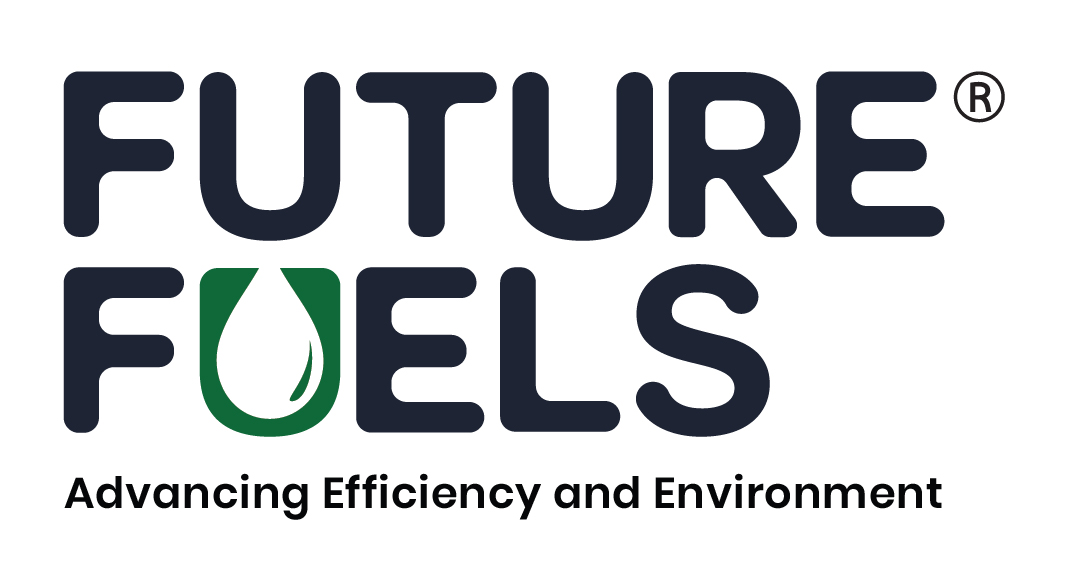The world’s first hydrogen-hybrid research vessel could be launched soon. The preliminary design for the California Coastal Research Vessel (CCRV) has been approved by the American Bureau of Shipping (ABS).
Glosten, a naval architecture and marine engineering firm, designed the vessel. Associate Director of Scripps Bruce Appelgate revealed that their goal is to produce a fully capable ocean-going research vessel. It must be one that meets the needs of scientists and students. It should also demonstrate that this can be done in a way that absolutely minimizes its impact on the environment.
The unique propulsion system of the ship will allow it to function without any greenhouse gas or other emissions, for almost 75% of its missions. But this will only be applicable to the state waters.
Longer journeys will be equipped with extra power fueled by clean-running modern diesel generators. California as a state has always been advocating for reducing global climate risk and moving towards a carbon-neutral economy. This seems like a step in that direction.
California research emissions will also use the CCRV to observe and measure biological, chemical, geological and physical processes. These include understanding fisheries, harmful algal blooms, El Nino storms, atmospheric rivers, sea-level rise, ocean acidification and oxygen depletion zones much better. The new vessel will engage in its mission to train scientists, leaders, and policymakers. It is likely to carry around 45 students and teachers to sea during the day.
This new vessel will replace research vessel (R/V) Robert Gordon Sproul which is almost nearing its service. The maritime industry seems to cause a disruption with regard to innovation with this vessel. This new vessel will feature an innovative hybrid propulsion system that integrates hydrogen fuel cells alongside a conventional diesel-electric power plant, enabling zero-emission operations.
The new vessel will engage in its mission to train scientists, leaders, and policymakers. It is likely to carry around 45 students and teachers to sea during the day. This new vessel will replace research vessel (R/V) Robert Gordon Sproul which is almost nearing its service. The maritime industry seems to cause a disruption with regard to innovation with this vessel.
Tags: ABS, Emissions, Hydrogen



Recent Posts
New Report Highlights Potential of Voluntary Insetting to Support Maritime Decarbonisation, Calls for Robust Safeguards
Smart Ship Hub achieves industry first with ABS emission reporting
Henkel Rolls Out India’s First Mid-Haul Re-Powered Electric Trucks for Commercial Logistics
Sustainability in Focus at 11th SIAM Automotive Logistics Conclave in New Delhi
L&T Energy GreenTech to Establish India’s Largest Green Hydrogen Plant
JK Srivastava Group and Hynfra Announce $4 Billion Green Ammonia Project in Andhra Pradesh
Andhra Pradesh Unveils Ambitious Green Hydrogen Valley Plan to Lead India’s Energy Transition
South Africa advances plans to decarbonize shipping sector